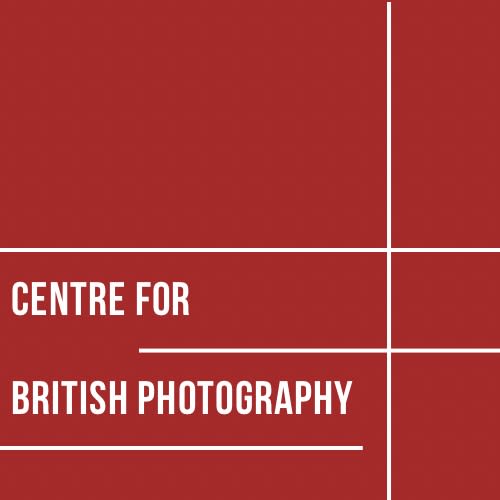"I had access to what felt like a secret world. It was a subject that had been written about and dramatised but I don't think any photographers had ever tackled before. There was a change going on. Someone described it as a 'last hurrah' of the upper classes." - Dafydd Jones
Dafydd Jones writes of his work:
"I've been inspired to photograph people, eccentricity, the art world, fashion and parties. in 1981 I was a prizewinner in a photography competition run by the Sunday Times magazine with a set of pictures of the 'Bright Young Things'. I was then hired by Tina Brown to photograph Balls, debutante dances and weddings for the Tatler magazine. Under Mark Boxer the style of social pictures in the magazine developed into an irrerevant but affectionate portrait of english social life and the social season...
... For twenty years I did all my own darkroom printing in black and white. Typically at the time I would do one or two small prints of each picture. If the image was particulalry memorable I would do a 16 x 12 portfolio print or a 20 x 16 exhibition print."
In a recent interview, he elaborated:
I went to art school. After leaving I managed to get a job at Butlins holiday camp as a 'colour walkie' photographer. When I finished the season it was impossible to get any sort of job - I'd saved up enough at Butlins to buy some camera equipment. Some art school friends were setting up a cheap shared studio space in Jericho in Oxford. I took a space planning on doing photographic black and white portraits. At the same time I was shortlisted for a photography competition for phtojournalists the Sunday Times were running.- One of the subjects for a photo essay was - The Return of the Bright Young Things'- Living in Oxford already I was in the right place.
After I began this project I decided that I wasn't sure if the ' Bright Young Things' actually existed but that there was definitely a change going on at Oxford. .It was the first time I'd photographed parties. - I tried to take photographs that recorded the memorable moments and described what was happening. I tried doing a few colour pictures but black and white spoke much more strongly. Also my budget was low. I bought a bulk roll of black and white film. Developed and printed them in my darkroom. - I didn't win the competition I was a runner-up. The judges described my pictures as being more 'pointed than the winners.' The magazine issue caused a small sensation at the time. - My work attracted the attention of Tina Brown who at the time was an up an coming editor on the Tatler.
I thought it was a fantastic opportunity to photograph these parties. I had access to what felt like a secret world. It was a subject that had been written about and dramatised but I don't think any photographers had ever tackled before. There was a change going on. Someone described it as a 'last hurrah' of the upper classes.
I have been very lucky to work with editors, art directors and picture editors that have encouraged me and used the pictures well. Tina Brown, Mark Boxer, Graydon Carter, Jane Procter, etc.
The first time we met Tina Brown I was surprised at her bluntness. She would speak her mind. She was always on the lookout for new talent. - She gave the impression she'd drop you if she found someone whose work she preferred.
When Mark Boxer became editor at the Tatler the magazine had a golden period. It was the best magazine I've worked for - With fashion by Joe Mckenna, Isabella Blow and Michael Roberts. - Spoofs by Craig Brown and brilliant writing and photography. But Mark tragically died. Emma Soames became editor but she had a difficult job following Mark. I wasn't sure how much she 'got' my pictures. The party coverage could be cruel if the pictures were used in the wrong way. Then there was a recession on the horizon. Someone mentioned introducing colour photography to Bystander and having more flattering pictures of smiling faces. At that point I decided to go to New York ask Tina about an offer she'd made a few years earlier.
Dafydd Jones, extracts from an interview with Grant Scott, 2007.

